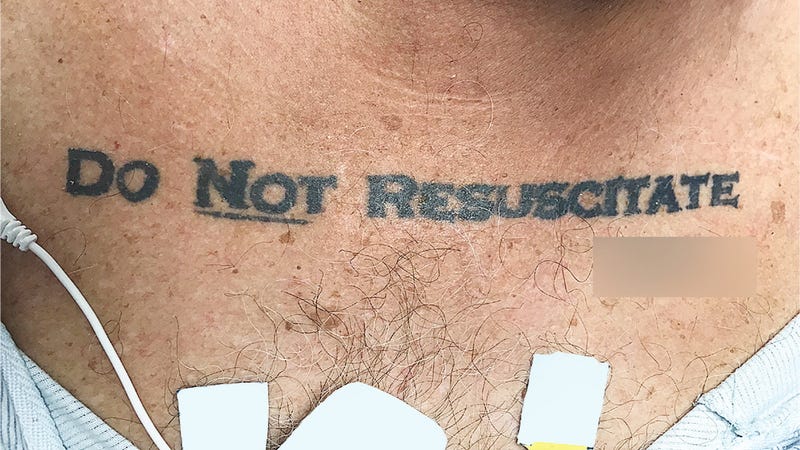Santoro, E., & Markus, H. R. (2023).
Current opinion in psychology, 54, 101696.
Abstract
The U.S. is plagued by a variety of societal divides across political orientation, race, and gender, among others. Listening has the potential to be a key element in spanning these divides. Moreover, the benefits of listening for mitigating social division has become a culturally popular idea and practice. Recent evidence suggests that listening can bridge divides in at least two ways: by improving outgroup sentiment and by granting outgroup members greater status and respect. When reviewing this literature, we pay particular attention to mechanisms and to boundary conditions, as well as to the possibility that listening can backfire. We also review a variety of current interventions designed to encourage and improve listening at all levels of the culture cycle. The combination of recent evidence and the growing popular belief in the significance of listening heralds a bright future for research on the many ways that listening can diffuse stereotypes and improve attitudes underlying intergroup division.
The article is paywalled, which is not really helpful in spreading the word. This information can be very helpful in couples and family therapy. Here are my thoughts:
The idea that listening can help bridge societal divides is a powerful one. When we truly listen to someone from a different background, we open ourselves up to understanding their perspective and experiences. This can help to break down stereotypes and foster empathy.
Benefits of Listening:
- Reduces prejudice: Studies have shown that listening to people from different groups can help to reduce prejudice. When we hear the stories of others, we are more likely to see them as individuals, rather than as members of a stereotyped group.
- Builds trust: Listening can help to build trust between people from different groups. When we show that we are willing to listen to each other, we demonstrate that we are open to understanding and respecting each other's views.
- Finds common ground: Even when people disagree, listening can help them to find common ground. By focusing on areas of agreement, rather than on differences, we can build a foundation for cooperation and collaboration.
Challenges of Listening:
It is important to acknowledge that listening is not always easy. There are a number of challenges that can make it difficult to truly hear and understand someone from a different background. These challenges include:
- Bias: We all have biases, and these biases can influence the way we listen to others. It is important to be aware of our own biases and to try to set them aside when we are listening to someone else.
- Distraction: In today's world, there are many distractions that can make it difficult to focus on what someone else is saying. It is important to create a quiet and distraction-free environment when we are trying to have a meaningful conversation with someone.
- Discomfort: Talking about difficult topics can be uncomfortable. However, it is important to be willing to listen to these conversations, even if they make us feel uncomfortable.
Tips for Effective Listening:
- Pay attention: Make eye contact and avoid interrupting the speaker.
- Be open-minded: Try to see things from the speaker's perspective, even if you disagree with them.
- Ask questions: Ask clarifying questions to make sure you understand what the speaker is saying.
- Summarize: Briefly summarize what you have heard to show that you were paying attention.
- By practicing these tips, we can become more effective listeners and, in turn, help to bridge the divides that separate us.





